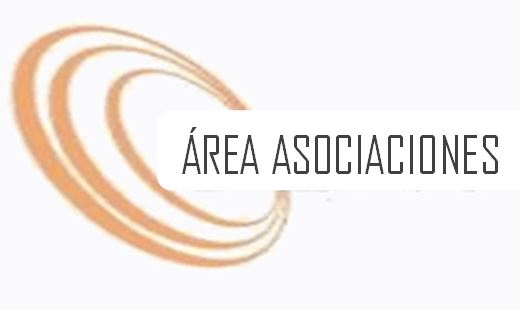As a biologist, I'm always stunned at the number of people do not be aware of very well what the term"flexion angle" implies within the subject of biology
It's possible they have discovered it in some other format or before from a creature analyze class. Unfortunately, they have been becoming used to the concept that a flexion angle is that the angle formed between the diameter of a dog's hindquarters custom writing and also the period of its legs.
They are confused since there is no concrete definition for this particular angle when they are learning about this particular specific concept. For the most part, the degree of flexibility of a limb is determined by the angle formed involving the amount of the limb and the width of the base of this limb.
The angles have been measured with respect for the baseline, that's the straight line drawn to the foot, and also the angle is referred to closure. Men and women would really want to believe this angle is similar to the angle of the diaphragm at flexion. In fact, the barbell at the point where it commences to flex's angle is different from that angle in the position at which it ends out. Because there is no use of the angle of an bone would be just like that of the 27, these two angles aren't the same.
I've observed lots of individuals asking this question,"How do I determine whether my pet comes with a flexion angle" To explain the idea, an even far more exact explanation is that when your dog is requested to remain true on 1 leg together with its own rear for youpersonally, your dog's back leg should be touching the ground at an identical time as leg. It should be resting at an angle higher than 45 degrees its foreleg.
At this point, the dog's back leg will be at a position where the angle between the back leg and the foot or foreleg can be greater than 45 degrees, but it cannot be greater than that angle where the foreleg rests. This is the position that I am trying to describe. Your dog is not flexing, yet you can tell that there is an angle because the front leg is touching the ground while the back leg is resting on its foreleg.
The position at which the foreleg is resting is known because the idea of congruency. If you place your foreleg close to the tip of congruency in the picture over, the earth should really be touching now, while the leg is still touching the bottom. In the event you notice your dog lying down on the ground with its Fore legs, then you can assume that your pet continues to be flexing, but its own flexion angle is someplace near .
What you should be doing is testing your dog's flexing ability with a flexible limb. A flexible limb is simply a form of test that allows you to bend or stretch a piece of elastic (usually polypropylene) with some kind of force. The elastic is placed between the flexible length of the limb and the flexible length of the body.
The flexible limb will start to stretch, and as you keep moving it forward and backward along the length of the elastic you will get a sense of the resistance your flexible limb is encountering. The longer the test of the elastic, the more resistance the elastic encounters. If the resistance is less, the elastic will not be able to stretch.

